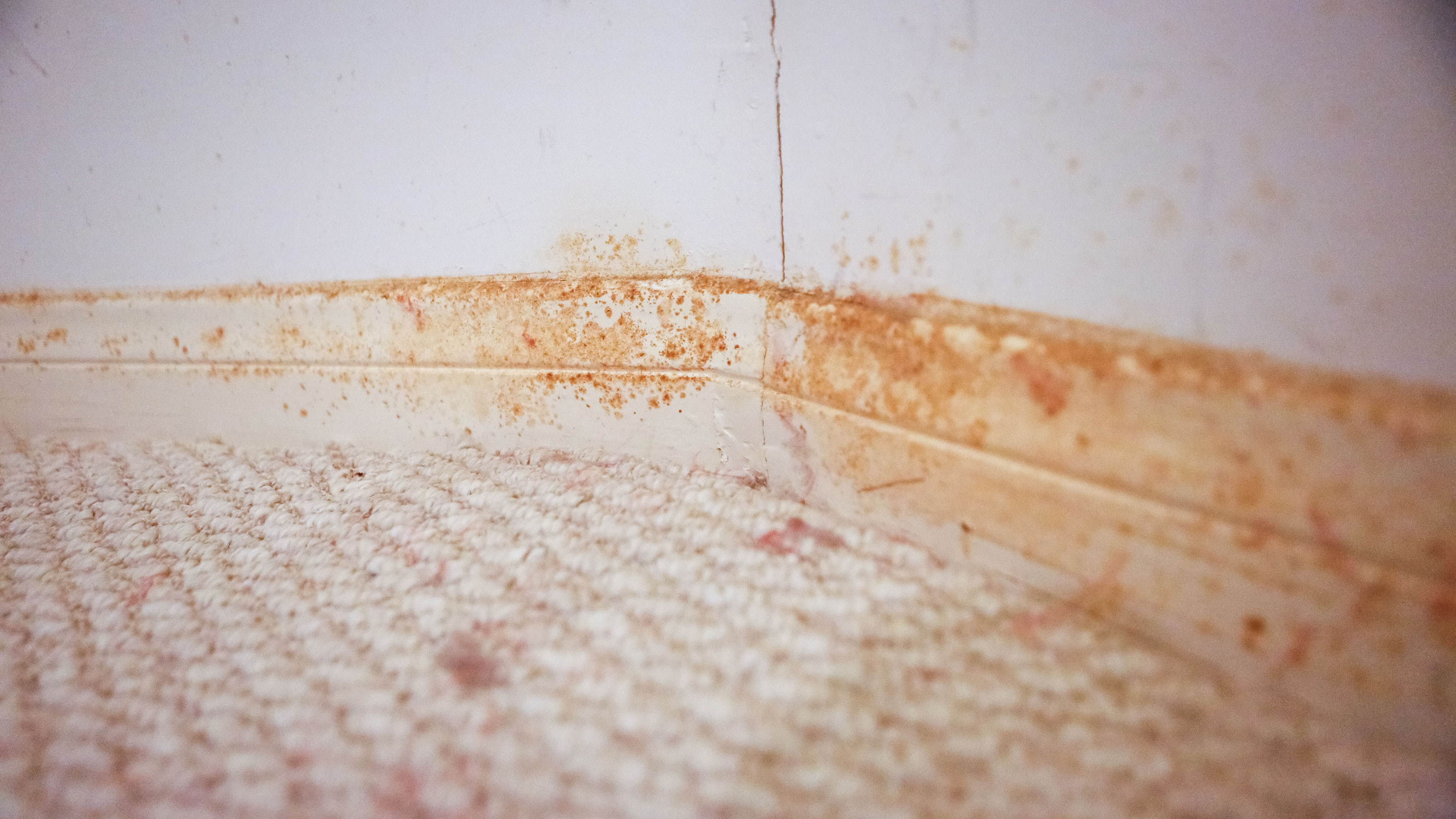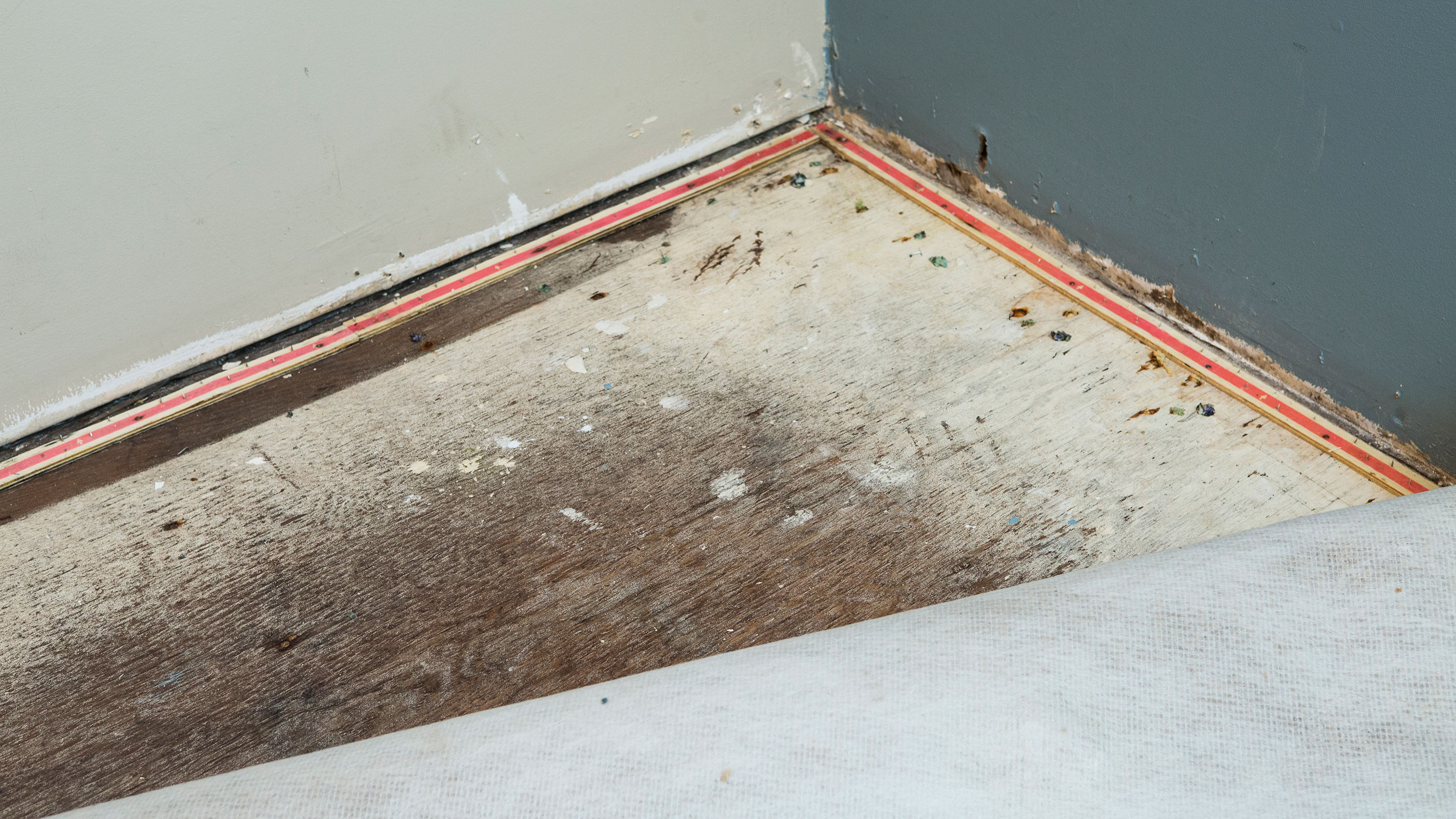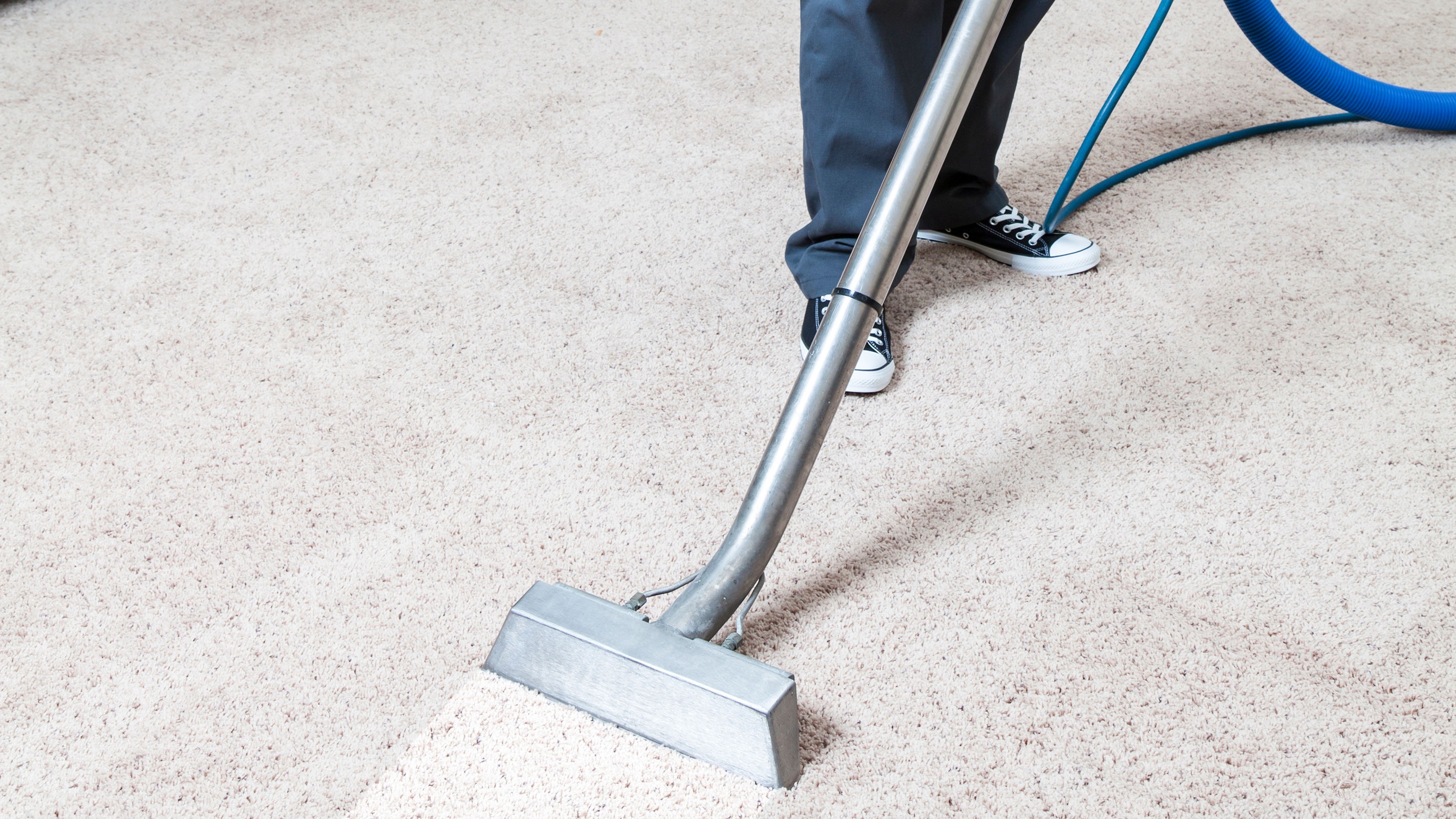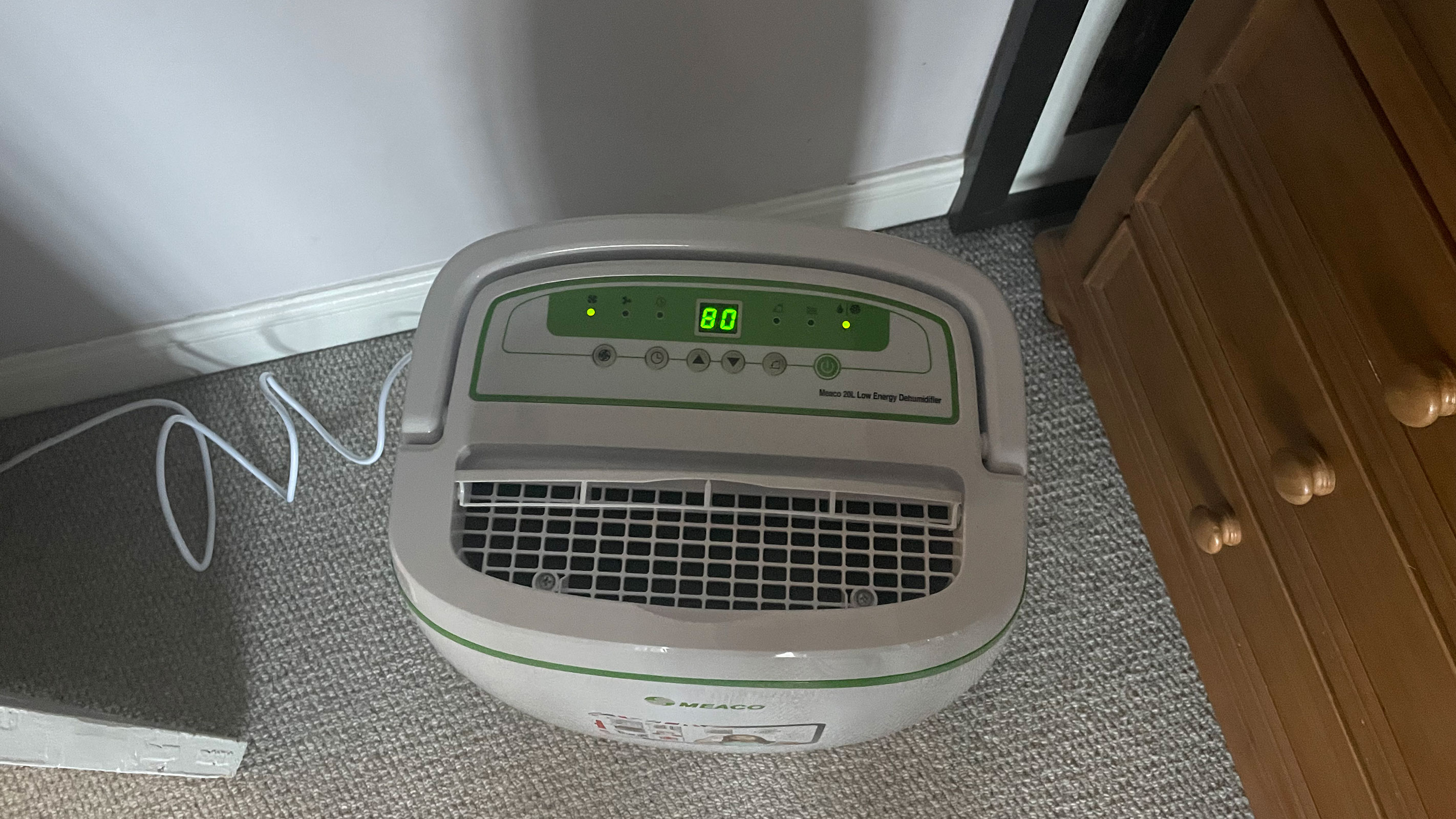How to remove mould from carpet and stop it coming back
Wondering how to remove mould from carpet? Don't panic, we have all the advice you could possibly need to get your carpets looking as good as new once more

Searching for the best ways to remove mould from carpet? Stop right there — we have all the best advice from the experts in order to banish mould stains for good.
Mould removal is a hot topic now that cooler, damper weather has set in, and in many cases no area of the home seems to be safe from this pesky – and potentially harmful – problem.
Carpets, as with other types of soft furnishings, can become breeding grounds for mould in the right circumstances and while removing mould from them can be a little trickier than when dealing with hard, non-porous surfaces, it can still be done.
Here, we explain the best ways to get rid of mould and any leftover stains from carpet without damaging the material, in order to leave you with a floor covering you can't wait to step foot on.
Can you remove mould from carpet?
Here's the good news: yes, you can absolutely remove mould from carpet. That said, just as when it comes to how to remove mould from fabric, you will need to take care not to damage the carpet in the process. It is also important to protect yourself from any potentially harmful mould spores present by wearing gloves, a mask and eye protection.
You need to be aware that if the carpet is very badly damaged from prolonged exposure to damp or if rot has set in, it may well be best to start shopping around for a new carpet.
What causes mould on carpet?
Before getting stuck in to cleaning mould off your carpets, it is really important to get an understanding of how it got there in the first place.
Mould in houses can occur for several reasons, although certain types of houses tend to be more prone to the problem than others.
"In my experience as a chartered surveyor, poor indoor air quality and mould staining are often associated with properties that have been partially refurbished to reduce air leakage and heat loss," says chartered surveyor Ian Rock.
"The most common cause is moisture. If your carpet has been exposed to water, whether from a leaky roof, a burst pipe, or simply spills that haven't been properly cleaned up, it can create the ideal conditions for mould growth," explain the experts at Tapi Carpets. "Another factor that can contribute to mould growth is poor carpet care. If you don't vacuum your carpets regularly, or if you don't clean up spills promptly, dirt and debris can accumulate on your carpets, creating a breeding ground for mould.
"It’s a symptom of something a lot bigger," adds Jeremy Garrish, buyer at Tapi Carpets. "Even if you were to remove the mould from the carpet, it would surely return, as this sounds like there is a problem with the damp conditions within the home. My advice is always speaking to a professional cleaning company before trying any DIY cleaning as different fibres require own specific regimes."
Another leading cause of mould is a lack of proper ventilation, so be sure to address this going forward.

Do natural mould removers work on carpet?
Many people are keen to keep chemicals out of their homes as much as possible and when it comes to mould removal, there are several natural remedies to try.
One of the most effective of these is a solution involving vinegar. Simply mix equal parts white vinegar and water in a spray bottle and apply the solution to the affected area. You should let the solution sit for 15-20 minutes, then blot the area with a clean, dry cloth, repeating until the mould is completely removed."
You can also another household staple — baking soda. Sprinkle baking soda over the mould and let it sit for a few hours. Use a vacuum cleaner to remove the baking soda and any mould spores that have been trapped in it. This method is best for mild cases of mould growth.
Can you steam clean carpets?
There is no reason why you can't use a steam cleaner to remove mould from carpets — they are not just for cleaning hard floors. Try add a few drops of a natural disinfectant such as tea tree oil to the water in the steam cleaner before using it to apply hot steam to the affected area. This will kill the mould spores and make it easier to remove them.
Which specialist solutions are effective on mould stains?
If natural solutions prove ineffective for you, then it might be time to try a specialist carpet cleaning solution such as 1001 Carpet Stain Remover from Amazon. If you are unsure whether it will be suitable for your carpet, you can check with your manufacturer or test it out on a small, hidden spot of carpet first.
If the stains are particularly bad or you are dealing with a very large area of staining, you might want to think about hiring a carpet cleaner for the job. These machines can be hired for a day rate and are generally very effective.
Alternatively, you could take advantage of some of the early Black Friday deals on carpet cleaners and buy one — the SharkCarpetXpert Deep Carpet Cleaner with Built-In StainStriker from Very is currently being offered for £199, offering a saving of £100 on the usual price.
In severe cases of mould growth, or if you're not comfortable cleaning your carpets yourself, you could employ the services of professional cleaners. A professional cleaner will have the equipment and expertise to remove mould from your carpets safely and effectively.

Preventing mould on carpets
Going forward you will obviously be keen not to have to repeat the process of removing mould from your carpets and, thankfully, there are several steps you can take to help here.
You need to start paying attention to signs that you have excess moisture in your house to begin with. Damp is a leading causing of mould and so dealing with this issue and knowing what the signs of damp are can go a long way towards preventing mould from forming on any surfaces within the home.
However, when it comes to carpets in particular, there are some steps you can take to safeguard it against mould.
- Make the vacuum cleaner your best friend: Regular vacuuming is one of the best things you can do to prevent mould growth on your carpets — at least once a week, and more often if you have pets or live in a particularly dusty environment.
- Don't allow carpets to get wet: If you spill something on your carpet, clean it up quickly to prevent moisture from seeping into the fibres. Applying a solution of water and vinegar to the area will disinfect it.
- Pay attention to ventilation: Ventilation is key in the fight against mould. Regularly air the room by opening windows and doors when you can and make sure you have the best bathroom extractor fans and great kitchen ventilation too.
- Don't dry laundry in carpeted rooms: If you can, avoid hanging your washing out to dry in rooms with carpet — stick to those with hard flooring, such as tiles.
- Consider buying a dehumidifier: Dehumidifiers are a great weapon in the battle against damp and mould.
- Invest in a carpet protector: Carpet protector solutions can be really useful in shielding your carpets from mould. They work by preventing spills and stains from penetrating the fibres of your carpet, reducing the risk of mould growth.

FAQs
How do carpet cleaning machines work?
If you are thinking about hiring or buying a carpet cleaning machine you might like to know how they work before paying out.
Carpet cleaners use a combination of carpet shampoo or cleaning solution and water in a water tank. The special tools and powerful brush heads they are fitted with dig deep into the pile of carpet and pull up all the dirt, grime and bacteria lurking in there. The dirty water is then extracted into a dirty tank.
Before hiring or buying one, do be sure that the model you are looking at will fit through your doorways and make sure you get your hands on the right type of carpet cleaning solution to use with your carpet and machine.
Are steam cleaners safe for natural carpets?
If you have opted for natural carpets in your home, you might need to take a little more care when it comes to the methods you use to rid them of mould stains.
"Natural fibre floorings do not like water, and we suggest dry cleaning methods," says Lorna Haigh, creative director at Alternative Flooring.
Get the Homebuilding & Renovating Newsletter
Bring your dream home to life with expert advice, how to guides and design inspiration. Sign up for our newsletter and get two free tickets to a Homebuilding & Renovating Show near you.
Natasha was Homebuilding & Renovating’s Associate Content Editor and was a member of the Homebuilding team for over two decades. In her role on Homebuilding & Renovating she imparted her knowledge on a wide range of renovation topics, from window condensation to renovating bathrooms, to removing walls and adding an extension. She continues to write for Homebuilding on these topics, and more. An experienced journalist and renovation expert, she also writes for a number of other homes titles, including Homes & Gardens and Ideal Homes. Over the years Natasha has renovated and carried out a side extension to a Victorian terrace. She is currently living in the rural Edwardian cottage she renovated and extended on a largely DIY basis, living on site for the duration of the project.

